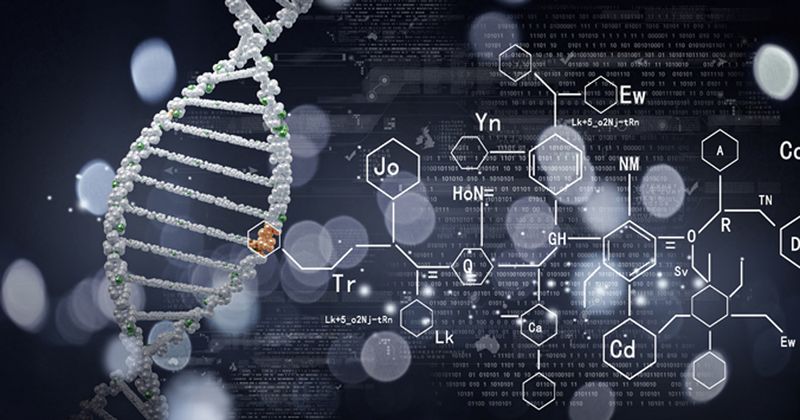Alternative complement pathway inhibition may be key to lupus management
The next therapeutic innovation in complement biology therapies for rheumatic diseases may involve inhibiting the alternative complement pathway, according to a speaker at the Biologic Therapies Summit.
“To me, the therapeutic innovation here would be to see if small molecules could block this interaction,” Alfred H Kim, MD, PhD, of the Washington University School of Medicine, in St. Louis, told attendees. “And apply it in diseases where we think this process is occurring too quickly.”


Kim’s hypothesis arises partially from studies that showed that C3, when introduced to synthetic neutrophils, was converted to C3(H2O).
“This really strongly suggests that in potential diseases where NETosis is a feature, you may have exuberant alternative pathway activation, simply because of the charged surface of the chromatin,” Kim said. “We are always trying to find newer ways to block all of the inflammatory pathways associated with rheumatic diseases, and our group is no different.”
Rheumatic and autoimmune diseases where NETosis is a common feature include systemic lupus erythematosus and antiphospholipid syndrome, Kim said.
One path to creating and using efficient therapeutics in this space may rely on using models of native C3 to create molecules that may be able to inhibit alternative pathway activation, he added.
“Once we get a much cleaner image of this is easily model in libraries of small molecules to see if this process can be inhibited,” Kim said. “And possibly, be used as a therapeutic.”
Complement cascades are tightly regulated by small proteins, he added.
“The key aspect of complement cascades is its tight regulation by a series of proteins that reign in the strength of complement activation,” Kim said.
Additionally, beyond the potential of limiting alternative pathway activation, there is still a lot of advancement and progress being made in the space, according to Kim.
“We took a long, winding journey through complements, and to be honest, we only skirted several surfaces of it,” he said. “This therapeutic space is exploding, so what I presented is really just the tip of this iceberg.”


